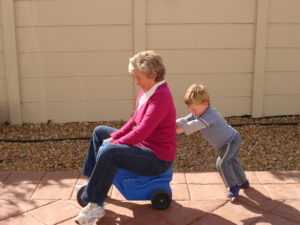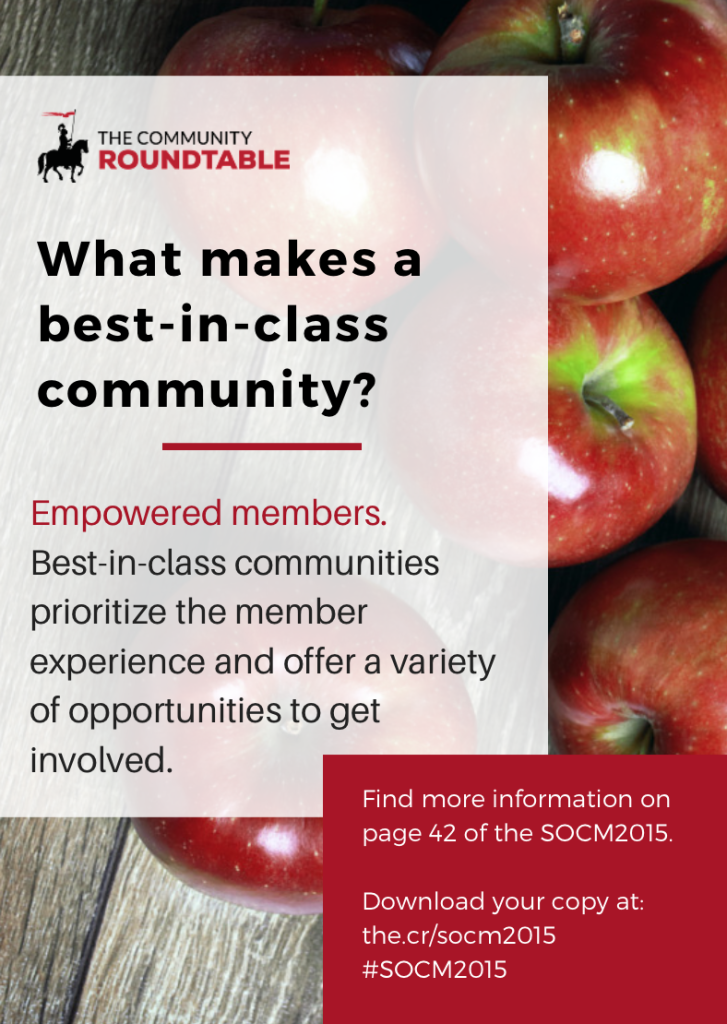 Welcome to the latest episode in our community management podcast series, “Conversations with Community Managers.”
Welcome to the latest episode in our community management podcast series, “Conversations with Community Managers.”
Join TheCR’s Jim Storer and Shannon Abram as they chat with community managers from a variety of industries about their community journey. They ask the community questions you want to know the answers to, including:
- What’s your best advice for someone just starting out in Community Management?
- What are your best practices for increasing community engagement?
- How would you survive the zombie apocalypse? (Ok – they might not ALL be community questions…)
Episode #49 features Susan Cato, Director, Digital Strategy and Member Services at the American Society of Plant Biologists.
Susan works with ASPB’s community Plantae.org – their online community for plant science, creating audience-focused content and engaging experiences.
In this episode, we chat about choosing a community platform, how you know it’s time to break up with a platform that isn’t working for you, creating interactive member experiences and more!
Podcast: Play in new window | Download
Don’t miss the whole series of Conversations with Community Managers featuring community professionals from GM, Sony, Mastercard and more!
Did you know you can subscribe to “Conversations with Community Managers” iTunes? You can!




